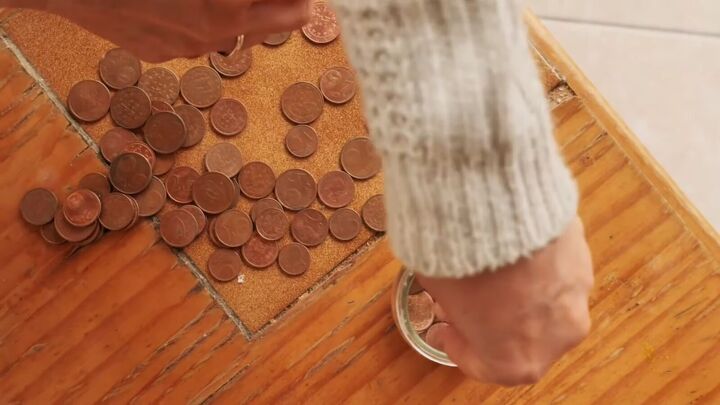10 Frugal Living Challenges to Save Money

Saving money is great and there are tons of advice for it online, but what do you do with the money that you are not spending?
In order to start taking that money and watching it grow, you need a basic plan.
Today, I am sharing 10 savings plan options, or challenges, that can help you flip your frugal focus from not spending to accumulating for your future.
1. 52 week challenge
This challenge suggests you save money each week for a year, with the sum saved gradually rising. You start by saving a dollar in the first week, save $2 in the second week, and so on until you save $52 in the 52nd week. By the end of the year, you will have saved $1,378.
2. No spend month
Commit to a month of minimal spending: cover essential expenses like bills and groceries, and avoid unnecessary spending on things like dining out or shopping.
At the end of the month, you can put all the money saved into your savings. I would also suggest that you look back through your expenses for the last month or a few, see what types of things you regularly spend your money on that are not necessities, then take those amounts and put that into your savings account.
3. $5 bill challenge
Whenever you receive a $5 bill as change, save it. This may seem like a small denomination, but it can add up significantly. This is a simple way to boost your savings without feeling a huge impact on your budget.
You can also do this with a $1 bill if you feel like you do not get $5 bills that often, or choose any other denomination you want – you could even do it each time you find a quarter!
4. Bi-weekly challenge
Instead of saving weekly, you save every two weeks, which could actually align better with your pay schedule if you get paid every other week.
You just choose an amount that you want to save, and over time, the contributions are going to grow your savings.
I always advise people to automate your savings: the bank will automatically transfer a set amount from your checking to your savings account, and you will not have to think about it at all.
5. Penny a day
Similarly to the first challenge, this challenge is all about incrementally increasing your savings amount by one unit each time. In this case, that unit is a penny or one cent, and you save it each day.
Start by saving one cent on the first day, two cents on the second day, and then continue increasing your savings each day. By the end of the year, you will have saved approximately $668.
This one is great to do if you do not have much money to work with, because you are never saving more than $3.65 in a given day or $109 in a given month.
Like with the 52-week savings plan, you have the opportunity to ramp up your income as you ramp up your savings.
If you are not making as much as you would like to, you could start a side hustle, or declutter your home and sell some things, and then put more money into that savings.
6. Round-up Challenge
Every time you make a purchase, round up the amount you spent to the nearest dollar and save the spare change.
This is obviously easier to do with cash, as you physically save the change and put it in your savings jar, but you can do it with debit, too. Many banks offer automated roundup features to make this process way easier for you. Even if not, you can use online banking to transfer that amount into savings at the end of your purchase.
7. Reverse 52 week challenge
This variation of the 52 week challenge starts with saving $52 in the first week and then decreases the amount each week by $1.
This is a great option if for some reason you expect that your income is going to decrease through the year – for example, if you are a seasonal worker or a teacher.
8. Bi-monthly challenge
Instead of saving weekly or bi-weekly, you set two specific dates and save money on those. As opposed to the bi-weekly challenge, this will not lead you to have different savings in months of different lengths, as each month will only have two set saving days.
9. Digital detox challenge
Commit to digital detoxing for a set period, like a weekend or a week. During that time. you cannot spend any money on digital entertainment or online shopping, anything that you would normally spend money on.
This is an excellent opportunity to take a much needed break and spend your time productively, especially if you tend to spend a lot of money because you always see things on your phone and get them.
10. Charity and savings challenge
This challenge promotes both savings and giving back to your community. For each dollar that you save, set aside a portion for your savings, and a portion for a charitable cause of your choice.
As a Christian, I always give back 10% of my income to the church, and then the church does things for the community, such as providing food, clothing and resources. Besides that, I put 10% towards my savings.
Frugal living challenges to save money
I believe this is good practice because frugal living is about being intentional and purposeful with our money. If we are saving and giving to others as well, we are really doing the most with our money. Saving money for ourselves can go hand in hand with helping others.
I urge you to use these challenges to start or continue to build a healthy emergency fund, as that is essential to your financial stability.
Let me know in the comments which challenge you want to try first, and which one you think would be hardest for you to maintain.






















Comments
Join the conversation